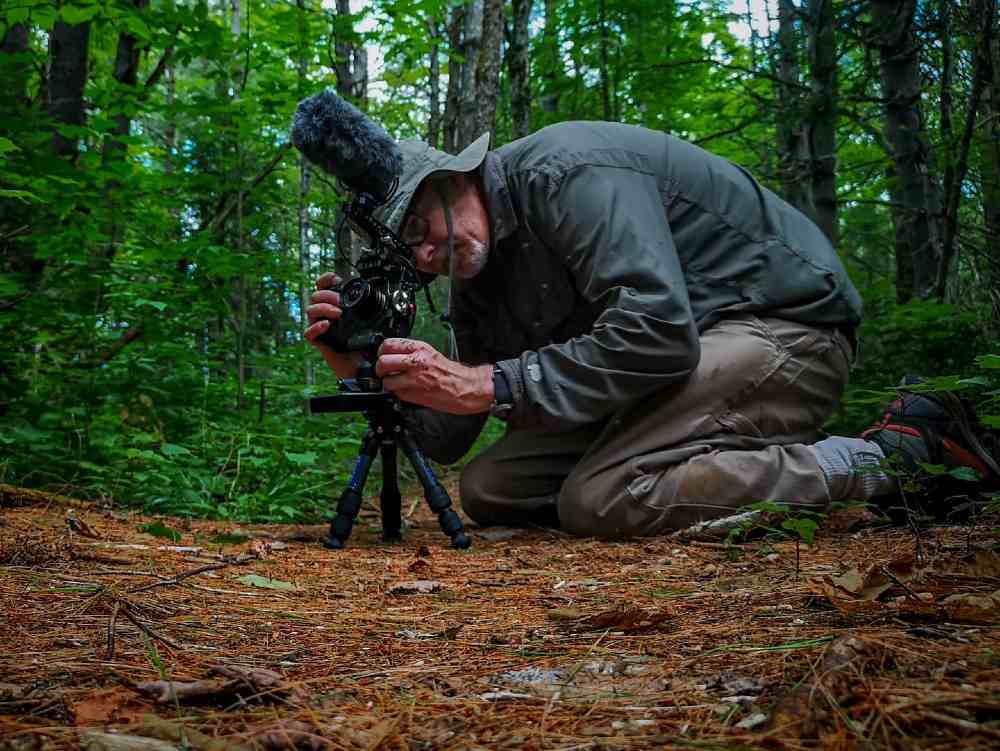

The Impact of Environmental Visual Storytelling on Conservation Filmmaking
Environmental visual storytelling in filmmaking is a powerful tool that can inspire audiences to take action on environmental issues. With the increasing awareness of climate change and other environmental concerns, filmmakers are using their craft to raise awareness and spark change. This blog post will explore the impact of environmental visual storytelling on conservation filmmaking, including the importance of this technique, effective techniques for its use, and the future of environmental visual storytelling in filmmaking.
The Importance of Environmental Visual Storytelling in Filmmaking
Environmental visual storytelling is crucial in contemporary filmmaking because it can inspire audiences to take action on environmental issues. By using visual storytelling techniques, filmmakers can create an emotional connection between the audience and the environment. This connection can help audiences understand the importance of environmental issues and motivate them to take action.
One example of effective environmental visual storytelling is the documentary film “An Inconvenient Truth.” This film used visual storytelling techniques, such as time-lapse photography and graphs, to explain the science behind climate change. The film also used personal stories and anecdotes to create an emotional connection between the audience and the environment. As a result, “An Inconvenient Truth” inspired many people to take action on climate change.
Environmental visual storytelling can have a significant impact on audiences. By creating an emotional connection between the audience and the environment, filmmakers can inspire audiences to take action on environmental issues. This impact can be seen in the success of films like “An Inconvenient Truth” and “Chasing Ice,” which both inspired audiences to take action on climate change.
Techniques for Effective Environmental Visual Storytelling
There are several key techniques for effective environmental visual storytelling in filmmaking. One technique is to use time-lapse photography to show changes in the environment over time. This technique can be used to show the effects of climate change, such as melting glaciers or changing seasons.
Another technique is to use aerial shots to show the scale of environmental issues. Aerial shots can be used to show deforestation, pollution, or other environmental issues that are difficult to see from the ground. This technique can help audiences understand the scope of environmental issues and the importance of taking action.
Personal stories and anecdotes can also be used to create an emotional connection between the audience and the environment. By telling the stories of people who are affected by environmental issues, filmmakers can help audiences understand the human impact of these issues.
These techniques have been used effectively in popular films like “Chasing Ice” and “Planet Earth.” “Chasing Ice” used time-lapse photography to show the effects of climate change on glaciers, while “Planet Earth” used aerial shots to show the beauty and diversity of the natural world.
These techniques can be adapted to different genres and styles of filmmaking. For example, a narrative film could use personal stories and anecdotes to create an emotional connection between the audience and the environment. An action film could use aerial shots to show the scale of environmental destruction caused by the villain.
The Future of Environmental Visual Storytelling in Filmmaking
The future of environmental visual storytelling in filmmaking is bright. Filmmakers are experimenting with new and innovative ways to use visual storytelling techniques to raise awareness of environmental issues.
One example of this is the virtual reality film “Under the Canopy.” This film uses virtual reality technology to immerse audiences in the Amazon rainforest. By experiencing the rainforest in virtual reality, audiences can better understand the importance of protecting this vital ecosystem.
Another example is the documentary film “Racing Extinction.” This film uses hidden cameras and other innovative techniques to show the impact of human activity on endangered species. By using these techniques, “Racing Extinction” creates a powerful emotional connection between the audience and the environment.
Filmmakers have an important role to play in raising awareness of environmental issues. By using visual storytelling techniques, filmmakers can inspire audiences to take action on these issues. As environmental concerns continue to grow, environmental visual storytelling will become even more important in the future of filmmaking.
Conclusion
Environmental visual storytelling is a powerful tool that can inspire audiences to take action on environmental issues. By using techniques like time-lapse photography, aerial shots, and personal stories, filmmakers can create an emotional connection between the audience and the environment. As environmental concerns continue to grow, environmental visual storytelling will become even more important in the future of filmmaking. Filmmakers have an important role to play in raising awareness of environmental issues, and by using visual storytelling techniques, they can inspire audiences to take action.




